
Quizlet Review
Quizlet is a study aid in app form. In essence, it's a flashcard app with
2023-10-19 02:27

CSquared brings high-speed connectivity to West Africa with Adtran open optical solution
MONROVIA, Liberia--(BUSINESS WIRE)--Jun 1, 2023--
2023-06-01 20:26
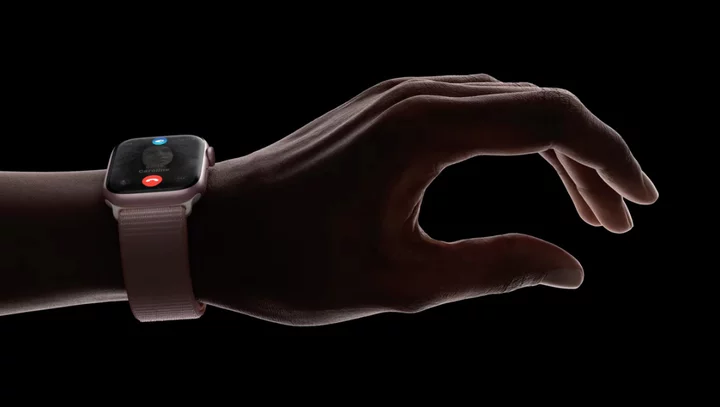
Apple unveils Watch Series 9 with new processor and hands-free features
Apple has unveiled its new Watch, with a new, faster processor and hands-free features. The Apple Watch Series 9 brings an updated chip that makes the phone up to 30 per cent faster, Apple said. That should make animations and effects smoother, it said, as well as allowing for new features. In addition to those new tools, the Watch Series 9 is Apple’s first carbon neutral product. That has been achieved by a range of changes, including dropping leather from its bands and all new products. Those include a new feature called “Double Tap”, which lets people control their Watch without actually touching it. By clicking their two fingers together – the same gesture as on the upcoming Vision Pro headset – users can click buttons on the screen. :: Follow our live coverage of the Apple event here. Apple said the feature would be useful when the other hand is occupied, such as when carrying a coffee or walking the dog, for instance. It may also be helpful for accessibility, and Apple has already rolled out similar features as part of those tools. The new feature relies on the machine learning smarts within the new chip, Apple said, which are able to analyse data from the sensors “in a completely new way”. It watches for the changes in movement and “blood flow” that happen when people bring their fingers together, and then uses that to click. The new processor will also allow Siri requests to be processed on the Apple Watch itself, which should make them faster and more secure. The most common requests no longer have to go to the cloud, Apple said, so that they should not be impeded by slow WiFi or data connections. Apple will also let people ask Siri for health data, which it said was powered by the new hardware, though did not explain exactly why. Users can ask how much they slept, for instance. Dictation will also be improved by that chip. It can run a more smart machine learning model, which should make dictation up to 25 per cent more accurate. The chip will also make the Watch better at finding its paired iPhone. Apple has always offered the option to ping the phone, but the Watch will now offer the distance and direction to the iPhone. A similar feature will work with the HomePod. When the Apple Watch comes close to that smart speaker, it will offer media suggestions for what to listen to. The Series 9 also brings a new display. It now goes up to 2,000 nits – making it easier to see outside – as well as going all the way down to one nit, for dark situations. Read More Apple Watch 7 pre-order: How to buy the new smartwatch in the UK Apple introduces new version of Watch with complete redesign iPhone 13 - live: UK contract deals and prices for Apple, EE and O2 Apple to stop using leather in all new products Apple is about to reveal the new iPhone – and a lot more Here’s when you will actually be able to get the new iPhone
2023-09-13 01:46

How the White House prepared for the Supreme Court's affirmative action ruling
The White House has been preparing for months for a potential Supreme Court ruling gutting affirmative action, even as President Joe Biden expressed optimism late last year that the court would uphold consideration of race in college admissions.
2023-06-30 02:56

Did Jason Aldean actually order 65 burritos and not leave a tip?
Days after Jason Aldean went viral over a song about small town America that many commentators have interpreted as containing lyrics which amount to dog-whistle racism, the singer was mired in fresh controversy. Somewhat appropriately it was over another alleged scandal in a small town, in which a Twitter user claimed he failed to tip in a burrito restaurant in Charleston, West Virginia, having supposedly ordered 65 burritos ten minutes before the joint closed. Now, the internet wants to know if it actually happened. Sign up to our free Indy100 weekly newsletter On July 20, 2023, a user posted: “Remember when @Jason_Aldean came to small town Charleston, WV, ordered 65 burritos from a local joint ten minutes before close and didn't tip anyone? Then his team reached out after the story went viral and the employees got let go? Try that in a small town." A screenshot of the tweet was widely shared on TikTok, Reddit, and other websites, three days after the Country Music Television (CMT) network pulled Aldean's new music video for his song, 'Try That in a Small Town.' Find out more about the racism scandal engulfing the song here. According to fact-checkers at Snopes, the controversy goes back to a 2017 news story by TMZ, which claimed the singer had ordered 60 burritos and a quesadilla at a restaurant called Black Sheep, which totaled around $500. “We found no concrete information on whether the order was placed for takeout and was picked up by one of Aldean's crew members, or if the entire crew sat down at the restaurant. However, the former appeared to likely have been the case, as we have so far found no photographic or video evidence of the crew eating at the restaurant,” reported the fact checkers. The tweet’s claim that the order for Aldean's crew was made "ten minutes before close" wasn’t mentioned in the original story by TMZ. Arep for Aldean said an "appropriate tip" had been left for the order back in 2017, adding: “Jason had absolutely no contact with the restaurant or any of its employees.” Meanwhile it looks like the tweet’s claim that “employees” were fired by Black Sheep because the story went viral is partially true. The original reporting from TMZ mentioned that one employee who was fired, after apparently tweeting about the order for Aldean's crew. The apparent tweets posted by the employee, which are no longer available, appeared in a second report by TMZ. One of them read: “@Jason Aldean can suck my a-- for not tipping Black Sheep, after ordering 60 burritos.” So to sum up: nobody can quite tell if the story is totally true. Aldean may not have been personally involved, but it looks like there was a big old burrito order for him and his crew, and there was definitely some controversy around the tip. We’ll have to leave the rest to your imagination. Have your say in our news democracy. Click the upvote icon at the top of the page to help raise this article through the indy100 rankings.
2023-07-28 17:50

What the chaos at Twitter means for the future of social movements
Twitter has been a powerful tool for social movements. But since Elon Musk acquired the platform last year, some organizers and digital media experts have been bracing for the impact that his controversial policy changes and mass layoffs may have on social activism.
2023-06-11 17:24
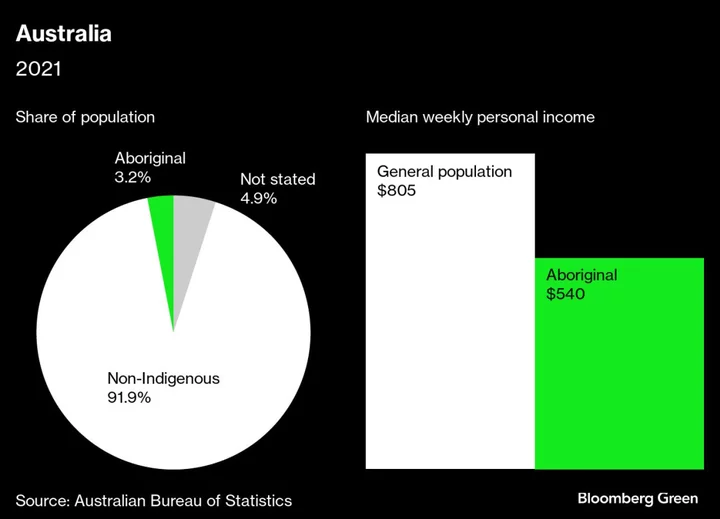
Aboriginal People Are Locked Out of Australia’s Water Market
One of the driest places in the world also has one of the most sophisticated water-trading markets. Australia
2023-11-16 07:27

MrBeast's epic reply to Kai Cenat's $100K appeal at Sidemen Charity Match breaks Internet
MrBeast responded with a tongue-in-cheek remark to Kai Cenat's hilarious request
2023-09-12 15:51
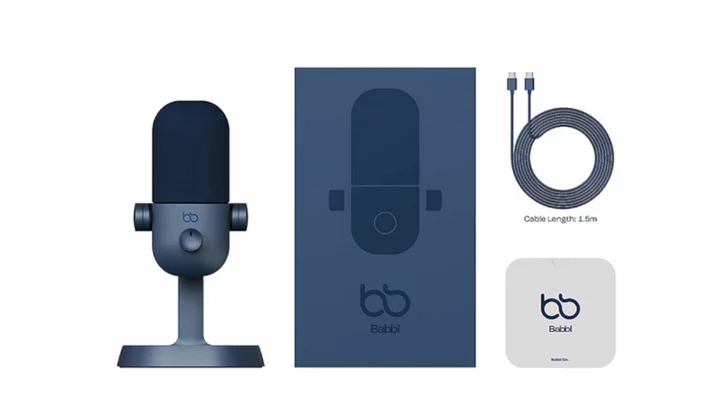
Save $35 off this USB Cardioid Microphone During our Labor Day Sale
Starting a podcast or a vlog? Then you’ll first need a good quality microphone. And
2023-09-01 20:25

Belkin International awarded Sustainability Initiative of the Year
LOS ANGELES--(BUSINESS WIRE)--Aug 30, 2023--
2023-08-31 03:50
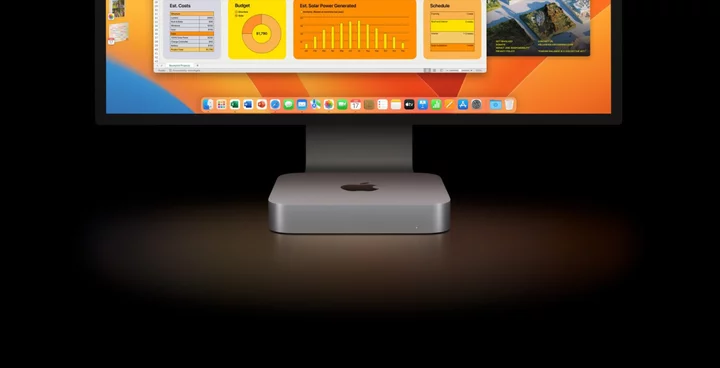
Snag Apple's M2 Mac mini at its lowest price ever
SAVE $99.01: As of May 17, the Apple Mac mini (M2 chip, 256 GB) desktop
2023-05-18 01:25

'What about CryptoZoo?' Logan Paul faces backlash after donating $300K to Sidemen Charity Match 2023
Previously, Logan Paul received backlash from Coffeezilla for not paying back CryptoZoo victims
2023-09-11 14:56
You Might Like...

Quotes: Here's what people are saying about Alibaba's management reshuffle

November 2023 Video Game Release Dates

Tristan Tate: Andrew Tate's brother heaps praises on MrBeast for 'awesome' physical transformation, 'setting a good example'
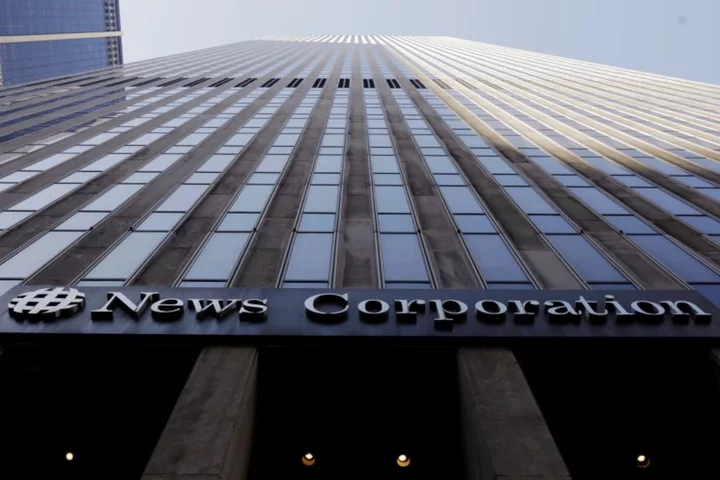
News Corp in negotiations with AI companies over content usage - CEO

The Nasdaq 100 Is Wildly Popular. It’s Also Deeply Flawed.
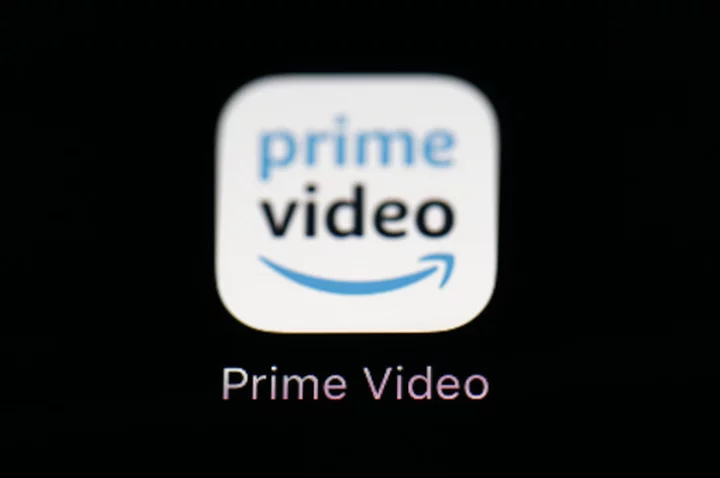
Amazon films, series to get wider distribution via licensing

Who is Marissa DuBois? Runway model leaves Internet stunned with bold catwalk

IShowSpeed's hilarious video of NPC TikTok trend leaves fans in splits, now KSI wants to 'try' it
